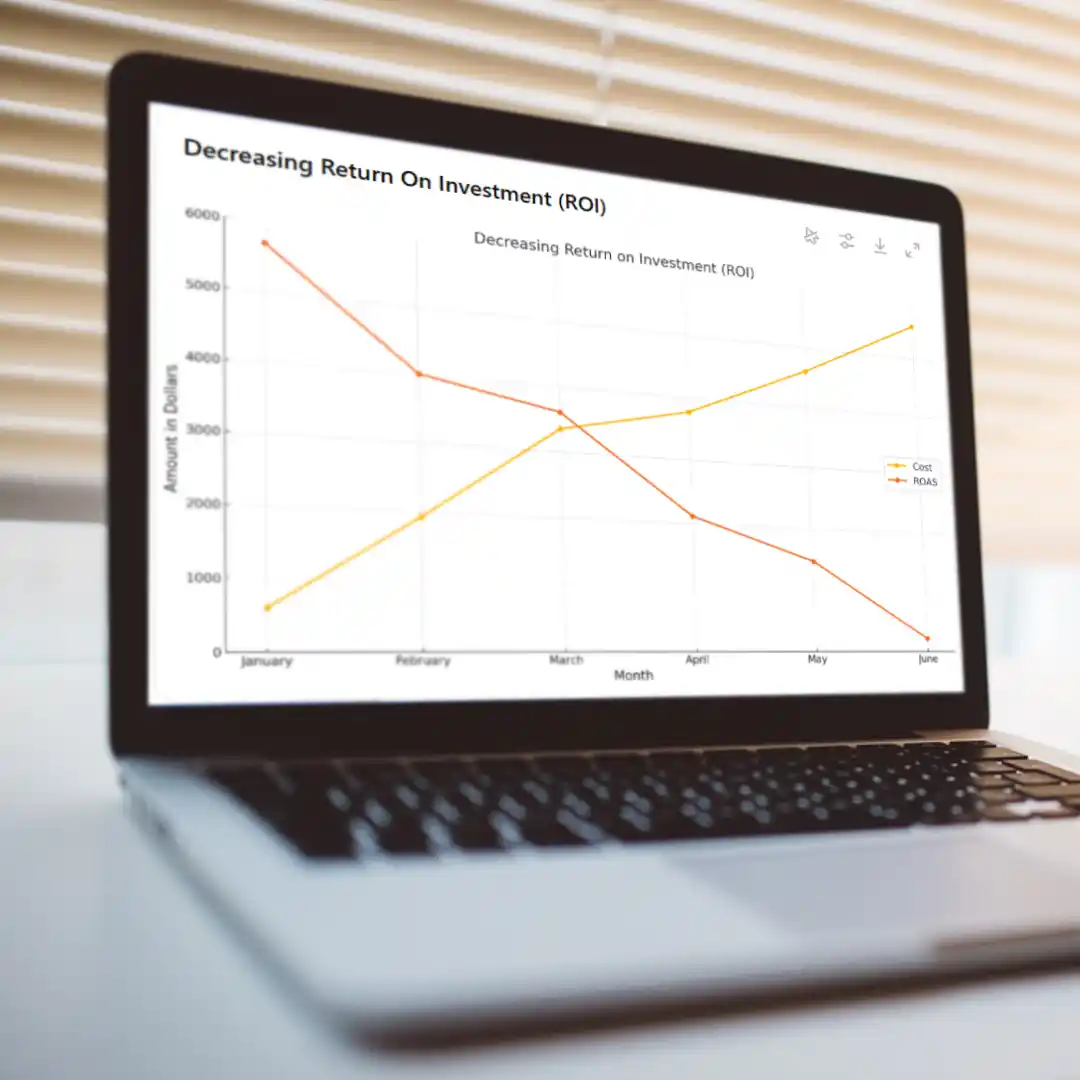There are five times as many cellphones in use worldwide as there are PCs. It might be worth your time to consider how many of them are visiting your website.
In November 2019, the market share for mobile devices surpassed that of desktop computers in North America. That same month, iOS beat Windows for the first time in operating system usage, and Android trails close behind. Worldwide, mobile Internet usage has surpassed desktop usage since June 2019; in countries like India, smartphones are used up to four times as often as desktop computers.
Though this rise seems to have levelled off recently, it appears that this is the new online reality: the users on your website are more likely than ever to be viewing it on their phones. More importantly, research shows that 9 out of 10 mobile searches lead to action, and more than half lead to sales.
However, it’s not all good news for advertisers and business owners. As Internet speeds have increased and well-traveled sites have become more optimized, users now expect a quick and seamless mobile browsing experience. Research by Google shows that at 3 seconds of load time, the probability of users bouncing increases by 32%; at 5 seconds, that probability increases by 90%. This is tough news for website owners when, on average, it takes 22 seconds to fully load a page on a mobile device.
Luckily, and perhaps unsurprisingly, there has been a massive boom in mobile site-building tools and testers that can help ensure your website is accessible, looks good, and loads quickly. Your first priority should be making sure mobile users aren’t simply dropped on the desktop version of your site: for this, tools like mofuse and bMobilized exist to help you build a rudimentary mobile site and integrate it with the rest of your company’s online presence.
Soon, however, you’ll want to ensure that your site is attractive and welcoming (and that it loads quickly enough to avoid that dreaded bounce rate!) There are plenty of resources online to help you with this. We find Google’s Mobile Friendly Test useful. To use this tool, simply enter a web page URL and wait for the results to appear. Be sure to test more than just your website’s home page.
Here’s a guide with 10 steps to take to make your website mobile-friendly.
Don’t be complacent if you believe that the vast majority of prospects you want to attract to your site will come via desktop or laptop because of the nature of your business. Google’s “mobile first indexing” policy means that having a website with a poor mobile user experience will negatively impact the search rankings of your entire site, not just the mobile version.
Now you understand how important it is to cater to your mobile audience and how to gauge your site’s effectiveness. But perhaps the technical challenges seem daunting. In that case, we’d love to help you.





